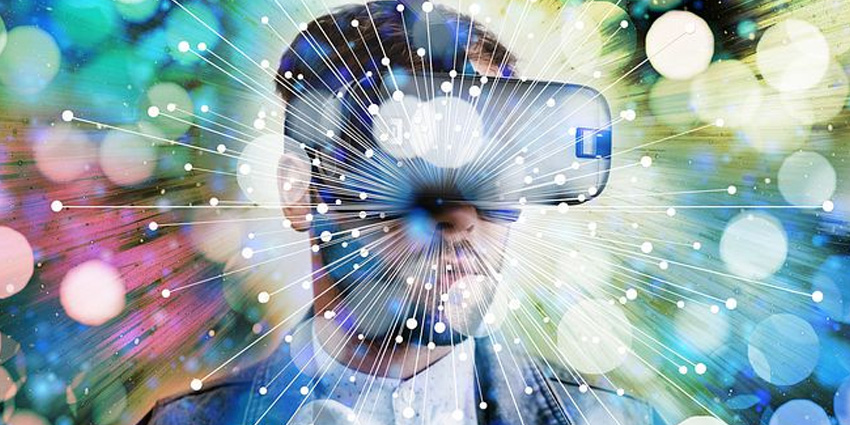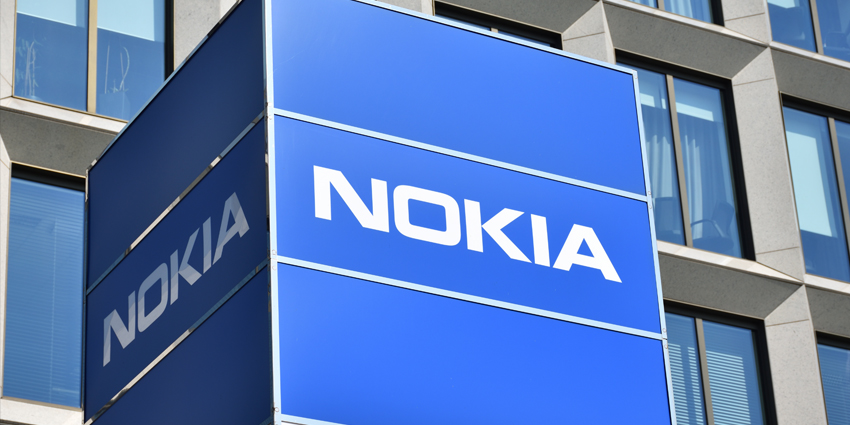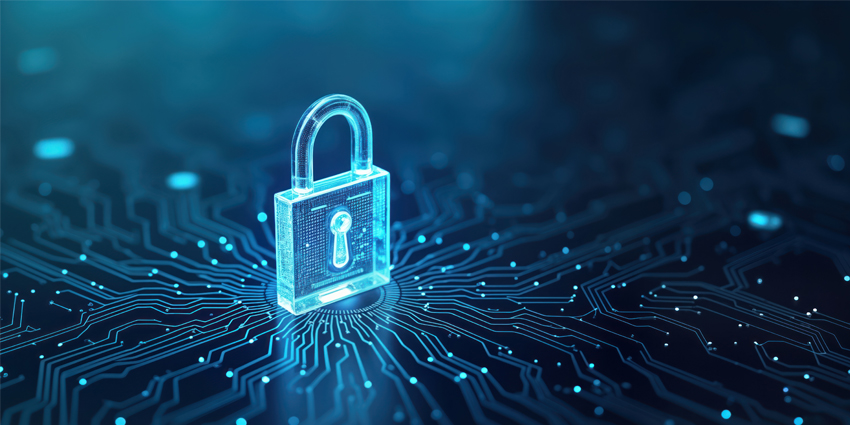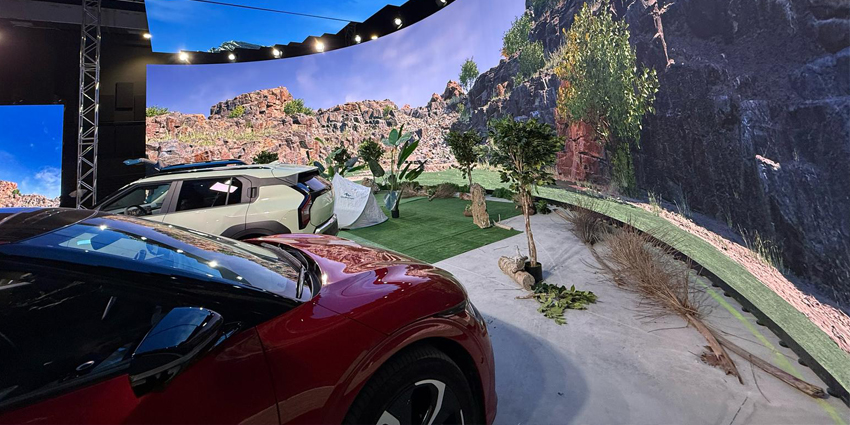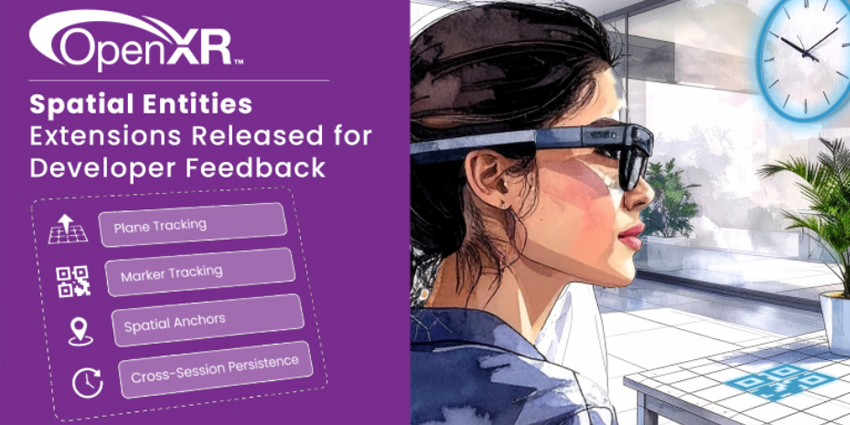The “XR” marketplace is growing at an incredible rate, with new and innovative startups investing more time and money into bridging the gap between the physical and the digital. As humanity’s connection with computers and technology continues to deepen, XR could become commonplace much faster than you’d expect.
By the end of 2020, estimates indicate that the consumer market for immersive technology like AR, VR, and MR will bring around $6.3 billion dollars of revenue to companies worldwide. However, as interest in this technology evolves, there’s still a lot of confusion around the kinds of reality available for us to explore.
Here’s everything you need to know to launch your education in MR.
What is MR? The basics
Mixed reality or “MR” is closely related to AR (augmented reality). If you’ve ever used a filter on Snapchat or used an app to see what a piece of furniture might look like in your home, you’re already on the right track. In a hybrid MR environment, interactive virtual objects (like images) map into the physical environment, bringing the two worlds together.
The core premise of MR and AR is similar, but the underlying technology is where the crucial differences begin to develop. Mixed reality is usually a headset-based experience, similar to virtual reality. Alternatively, AR often comes from a flatscreen like a tablet or a smartphone.
Mixed Reality experiences consider the geometry of the environment around you, using it as a canvas to create immersive content that’s influenced by the space, you’re in. With MR, people can enjoy a true connection between the physical and digital worlds. Unlike virtual reality, which immerses users in a fully digital environment, or augmented reality, which layers content on top, mixed reality is all about blending.
Companies like Magic Leap are generating a lot of interest in the concept of MR. However, the technology has been here for a while now. Microsoft even created its HoloLens experience in 2016 to start introducing the enterprise to the basics of what MR could do. Since then, countless companies have followed suit with new and improved tools for MR experiences.
The Use Cases of Mixed Reality
While some people consider mixed reality to be a type of augmented reality, it’s capacity for ensuring interactivity between digital and real-world elements places it into a landscape of its own. Mixed reality brings the digital and the real together in a more immersive environment, using deep learning algorithms and unique programming.
With mixed reality programming, digital objects can interact with physical objects, and people can interact with digital elements as though they were real. The result is that you can turn an ordinary desk into a touchscreen for a computer or allow an MR-generated character to sit on a chair.
Although mixed reality is still in the early stages, it’s already appearing in various industries. Aircraft manufacturers are using MR as a cost-effective way to train technicians. Experts wearing special headsets can view a holographic image of an engine and use gesture commands to interact with it, layer by layer.
- Construction: Construction teams can use MR to assign people to a building site where work needs to be completed. Supervisors could even draw attention to places in a virtual map where a machine needs maintenance, or a team member needs extra support
- Design: Designers can use mixed reality to interact with new buildings, products, and components before they physically exist. For instance, with mixed reality, an architect could create a full-scale digital representation of a building, complete with insights into measurements and materials
- B2B communication: Companies with distributed and remote workers can bring teams together in face-to-face environments with graphics and resources they can interact with. Participants can view 3D life-size versions of graphs and charts. Using a headset, a team could even see someone they’re talking to sitting in a chair in front of them
- Manufacturing: Inspectors could view an entire plant or manufacturing floor without visiting it in person with MR. Information about the performance and energy consumption of the component could pop up as an inspector uses a headset to search through a space
- Healthcare: All aspects of XR have a part to play in the healthcare environment. Surgeons can use tools like MR to practice surgeries and procedures. Medical students might even one day use MR imaging to get a closer look inside of the inner workings of the body
The Future of MR
Mixed reality, like all aspects of the alternate reality landscape, has a lot of potential to offer. Whether businesses are using mixed reality for better collaboration and communication between teams, or enhanced product development processes, there are opportunities everywhere.
In 2018, a survey discovered that around 82% of enterprises predict that mixed reality smart glasses will end up in the business environment. This was long before massive changes like the rise of COVID-19 pushed companies to be more creative about the way that people interact and communicate in a team.
Going forward, the arrival of tools like 5G for stronger mobile connections will help to strengthen mixed reality too. With a better connection speed and reduced latency, employees will be able to use smart glasses conveniently when they’re moving around a production floor, without missing out on information because of slow transmissions.
The ability to combine the digital and physical world will unlock new opportunities in our landscape unlike anything we’ve ever seen. Already, we’re beginning to see the impact of this in the form of virtual reality and augmented reality investments. Companies are constantly experimenting with ways to enhance their current realities in new and exciting ways.
Forrester Research reports suggest that by 2025, around 14.4 million workers in the United States alone will be using smart glasses. That’s just in the enterprise too. Mixed reality can also add magical experiences to our day-to-day lives outside of the office, by re-writing the rules of our reality and how we interact with it.
